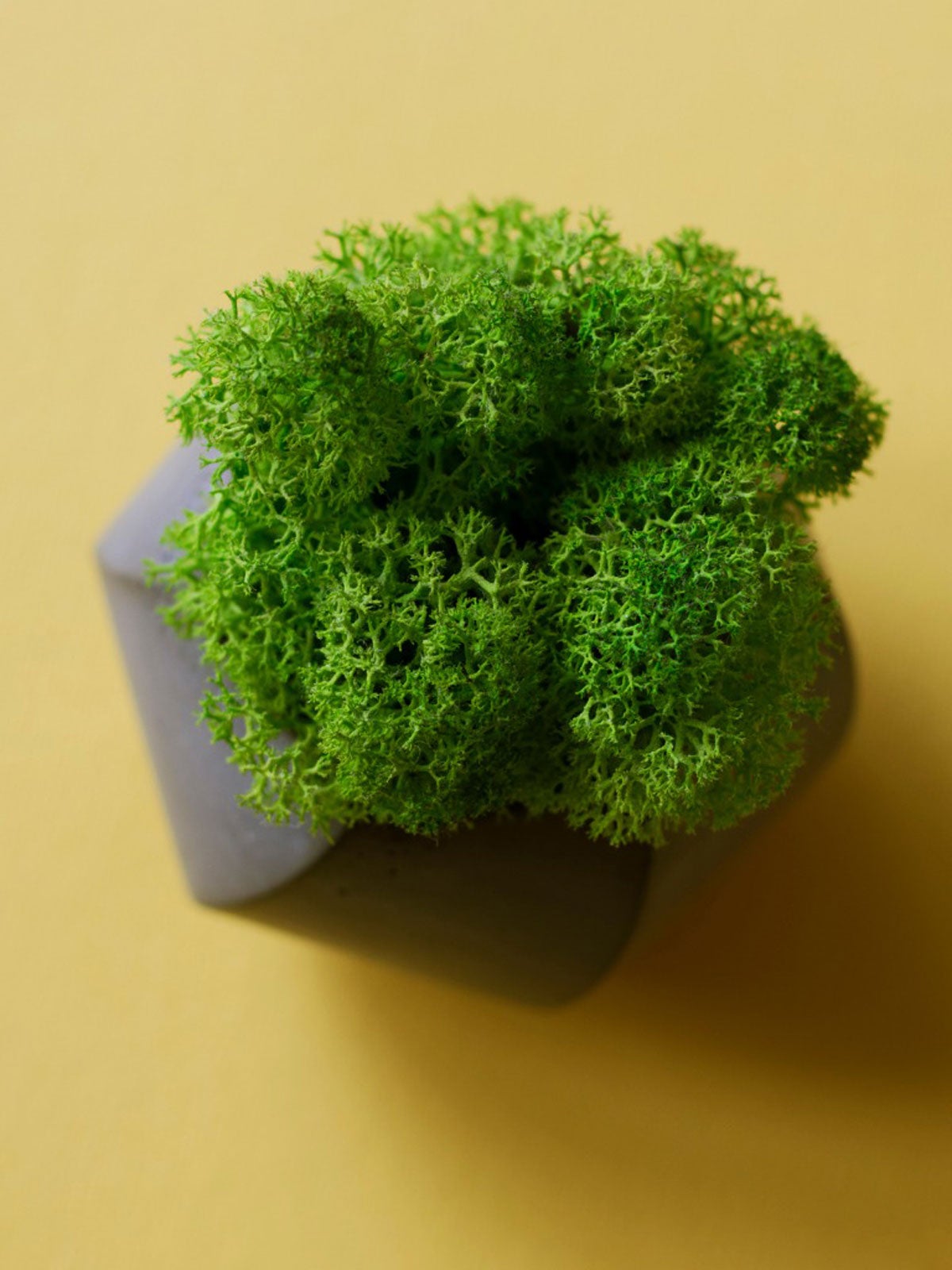Keeping Moss Indoors: Care For Growing Moss Indoors

If you've ever wandered through the woods and seen trees covered in moss, you may have wondered if you can grow moss indoors. These velvety cushions aren't regular plants; they're bryophytes, which mean they don't have regular roots, flowers, or seeds.
They get their nutrients and moisture directly through their leaves from the air around them. Growing moss indoors in terrariums or large glass jars is a decorative way to create miniature forest landscapes to decorate your home.
How to Grow Moss Indoors
Learning how to grow moss indoors is a simple task; in fact, this can be a good project for parents and children to do together.
Start with a clear glass container that has a lid, such as a terrarium or a large jar. Place about an inch (2.5 cm.) of pebbles in the bottom of the container, then top that with about an inch (2.5 cm.) of granulated charcoal, which you can find in fish supply stores. Add 2 inches of potting soil and mist the soil with a spray bottle filled with clear water. Create the base of your indoor moss garden by placing different sized stones and branched sticks to make the ground look like the forest floor.
Place larger objects in the back and smaller ones up front. Place sheets of moss over the larger objects and fill in the rest of the area with crumbled bits of moss flakes. Mist the moss, cover the container, and place it in a room away from bright sunlight. Press the moss firmly onto the rocks and soil when planting.
If the potting soil is fluffy, push it down to firm it into one mass. Keep the sheets of moss stuck to the rocks with fishing line, if need be. The moss will grow over the line and hide it.
Collect your moss from nearby woods or even your own backyard. Sheets of moss are most convenient, but if all you can collect is crumbled bits, they will grow just as quickly. Make sure to get permission to collect moss if you harvest it away from home.
Sign up for the Gardening Know How newsletter today and receive a free copy of our e-book "How to Grow Delicious Tomatoes".
Moss Care Indoors
Keeping moss indoors is very carefree, as it doesn't need much moisture or sunlight and absolutely no fertilizer. Mist the surface a couple of times a week to keep the moss moist.
After you mist it, replace the top on the container, leaving a small amount of space for air to exchange. Moss care indoors includes giving the container the right amount of light. A window with about two hours of morning light is ideal if you have one. If not, place the container in the sun for a couple of hours first thing in the day, then move it to a bright spot out of direct sunlight.
Alternately, you can grow your indoor moss garden on a desk with a fluorescent lamp about 12 inches (31 cm.) above the container.